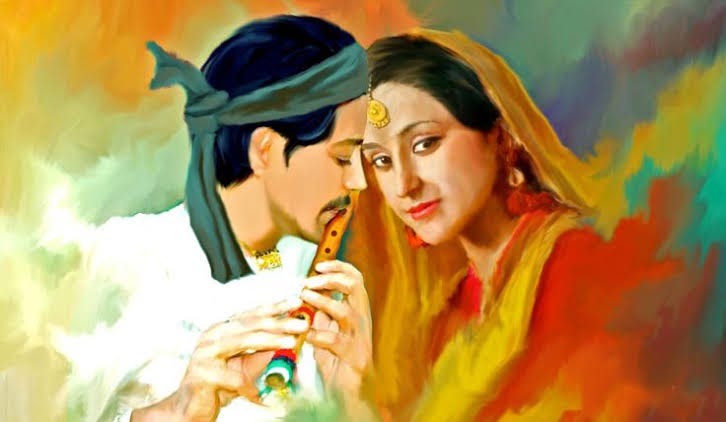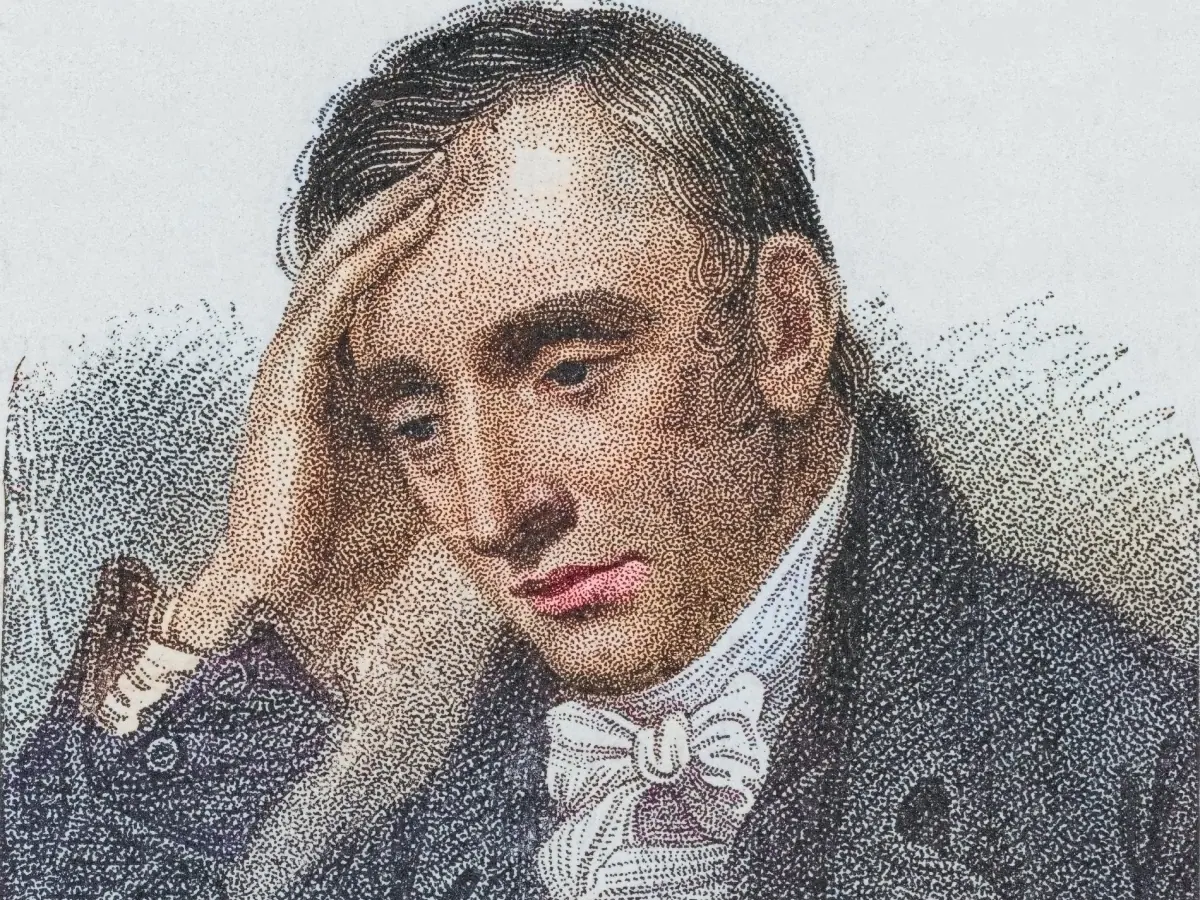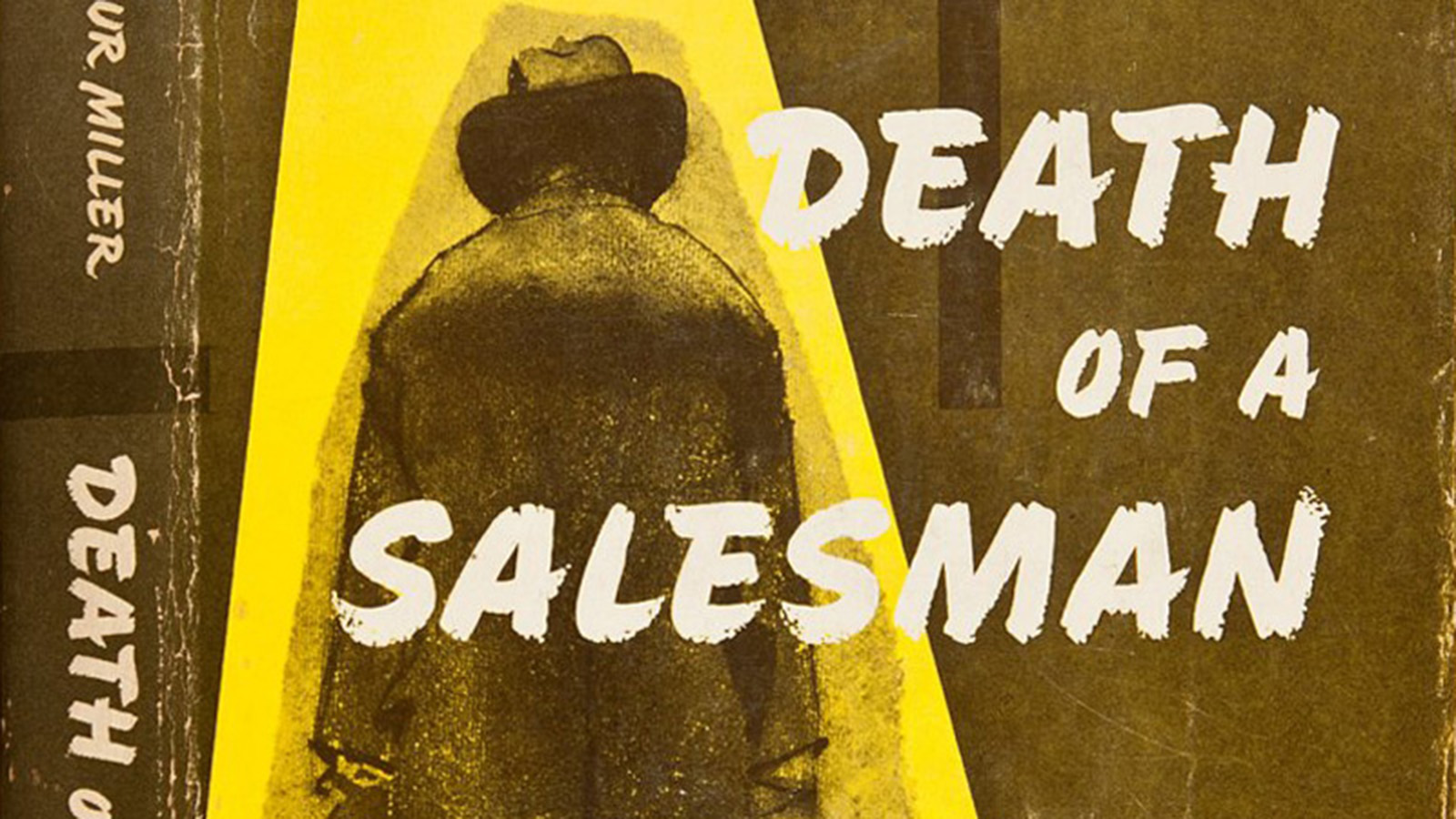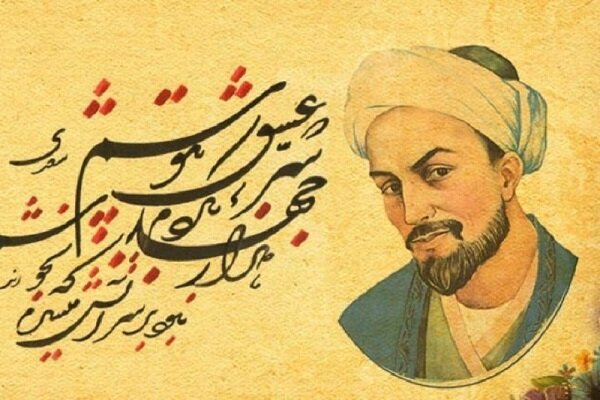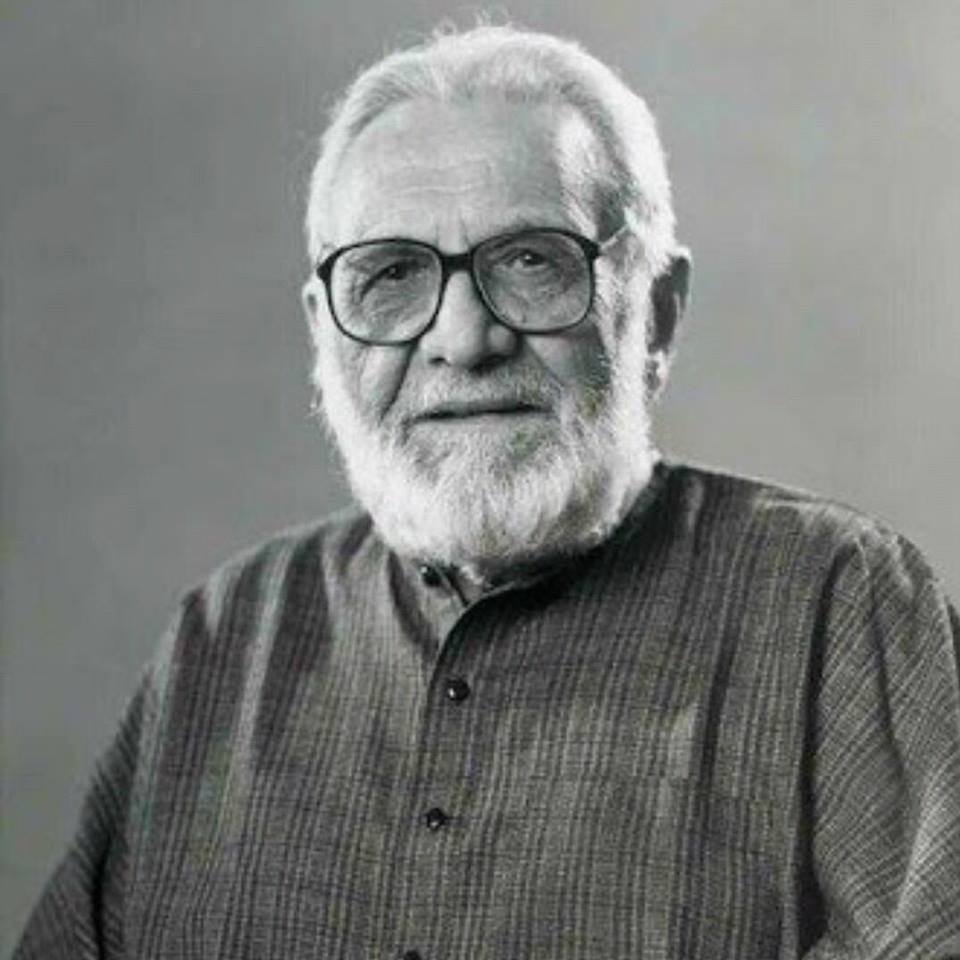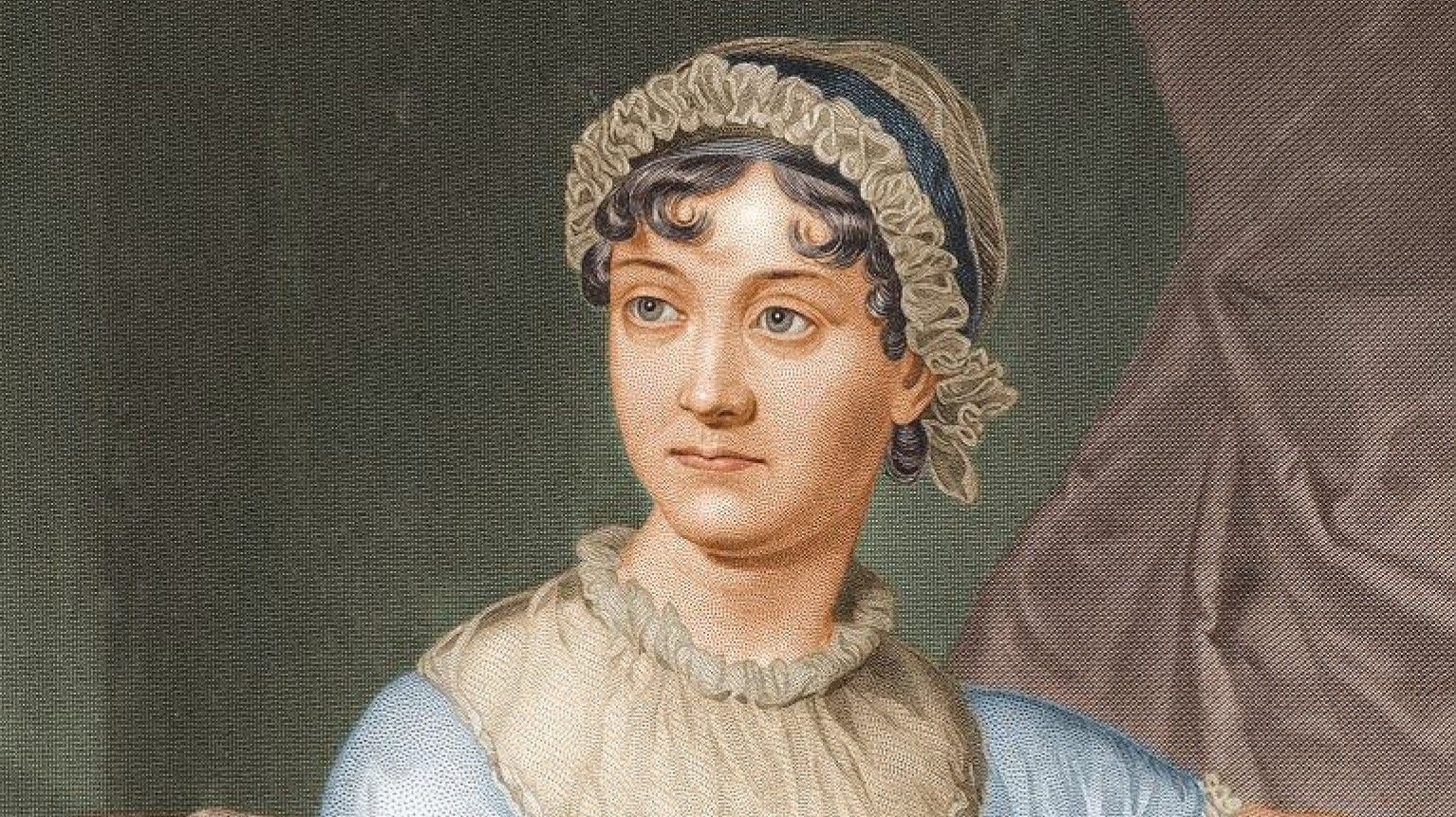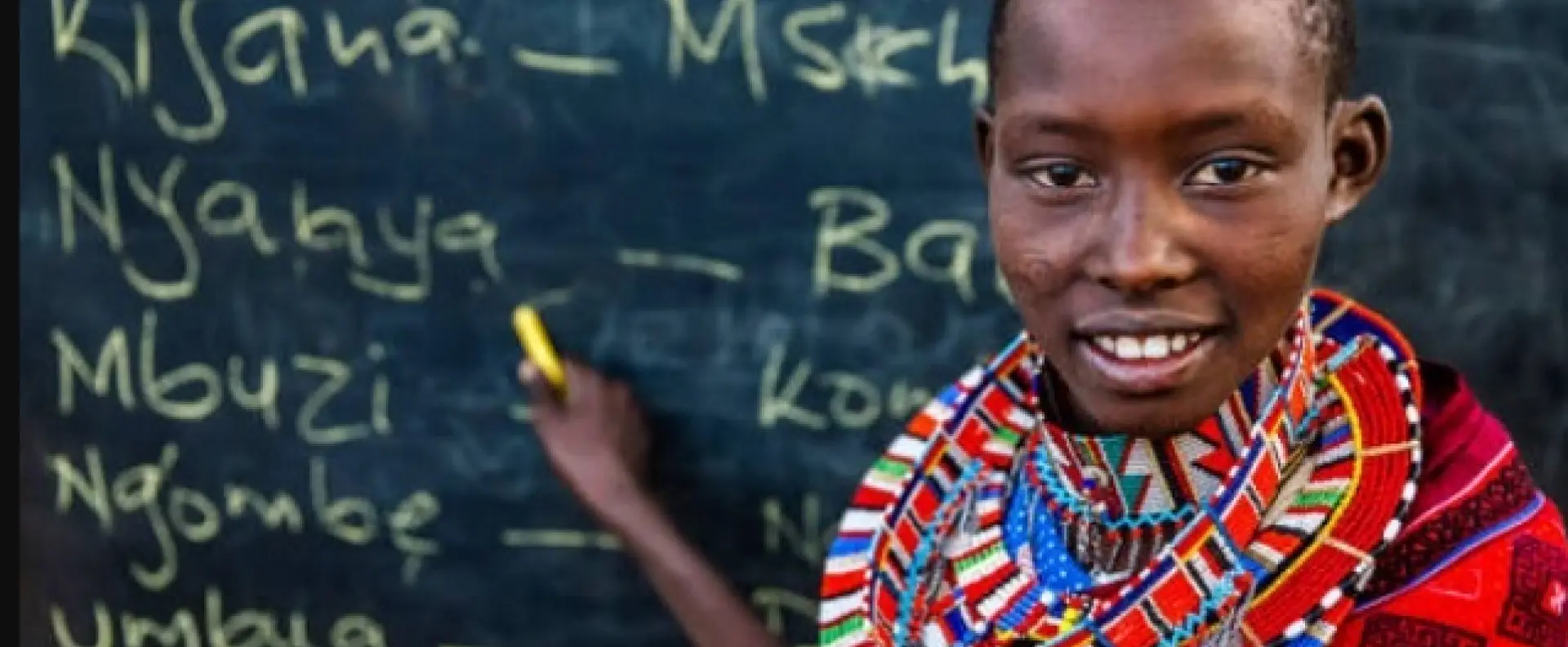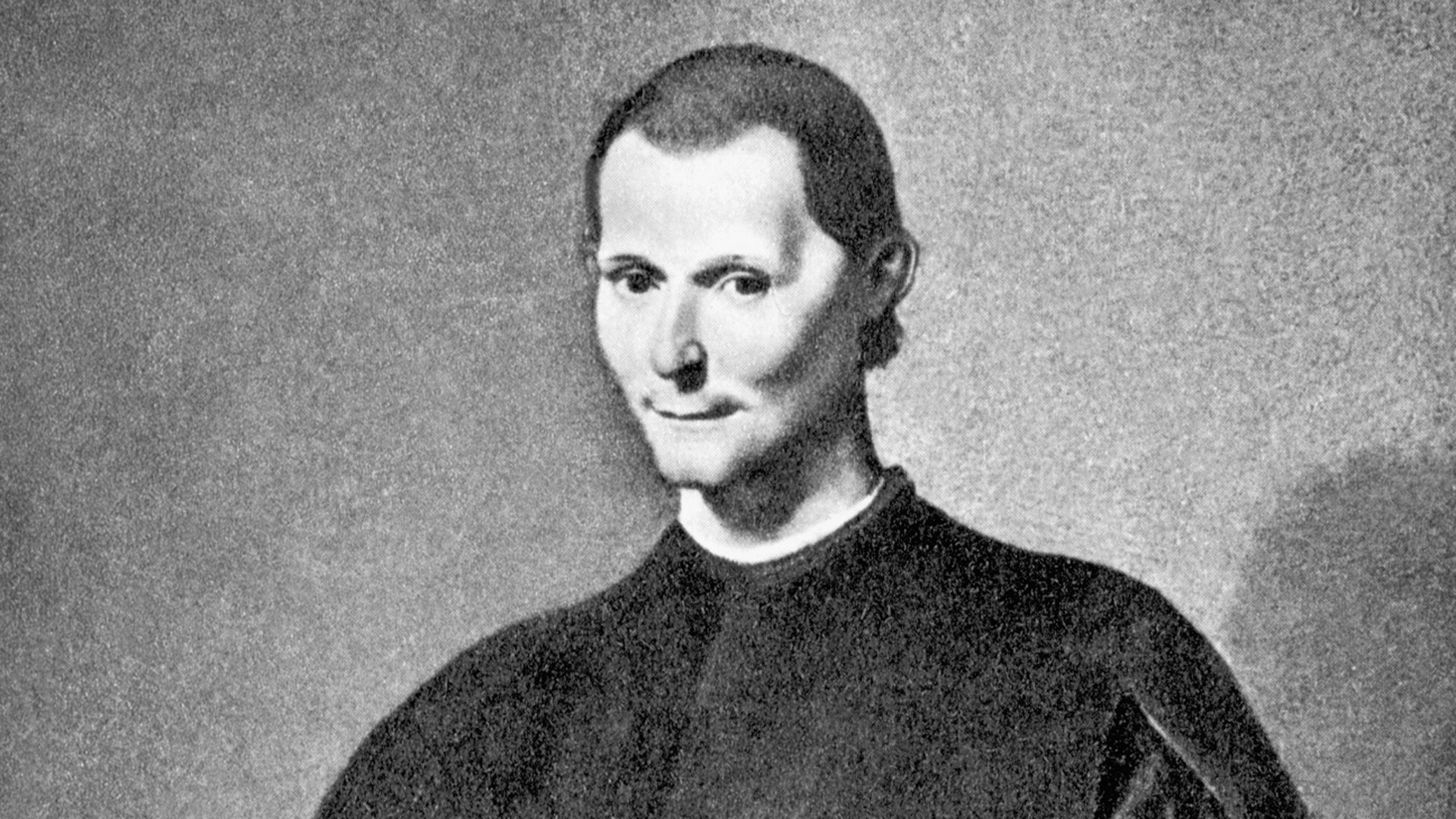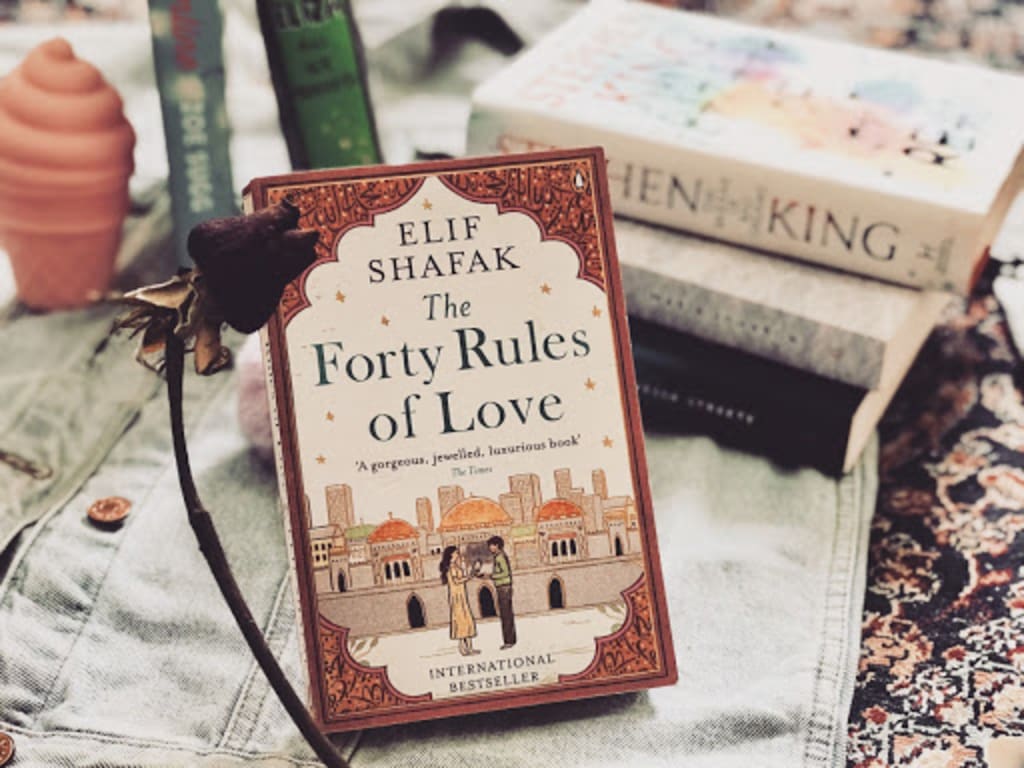Tariq Mahmood Awan
HEER RANJHA by Waris Shah is one of the most celebrated and influential works of classical Punjabi literature. It is based on the true story of two lovers, Heer and Ranjha, who belong to different tribes and face opposition from their families and society. The poem is an epic written in epical forms and manifestations. The poem explores various themes, such as love, fate, spirituality, social norms, and human nature. It also employs various poetic devices, such as imagery, symbolism, metaphor, simile, alliteration, rhyme, and rhythm. The poem is considered a masterpiece of poetic diction, epical poetry, romance, spirituality, symbolism, characterization, and lyricism.
The poem is written in a Punjabi dialect that is rich, expressive, and elegant. The poet uses a variety of words, phrases, idioms, and proverbs that reflect the culture, history, and folklore of Punjab. The poet also borrows words from Persian, Arabic, and Sanskrit to enhance the beauty and depth of his language. His Sufi background also influences the poet’s diction, as he uses mystical and allegorical terms to convey his message. The poet’s diction is admired for its clarity, simplicity, and eloquence. The poem is an example of epical poetry, as it narrates the heroic deeds and adventures of the main characters, Heer and Ranjha. The poem follows the conventions of epical poetry, such as the invocation of the muse, the theme statement, the division into chapters, the use of epic similes, the description of battles, the intervention of supernatural forces, and the tragic ending. The poem also has some features that distinguish it from other epics, such as the focus on the psychological aspects of the characters, the use of humor and satire, the incorporation of folk songs and stories, and the subversion of some epic norms, such as the role of women and the concept of honor.
The poem is a romance, as it depicts the love story of Heer and Ranjha, who are considered the epitome of true and passionate love. The poet portrays their love as pure, sincere, and eternal, transcending the boundaries of tribe, religion, and society. The poet also shows the obstacles and hardships that they face in their pursuit of love, such as the opposition of their families, the interference of their rivals, the betrayal of their friends, and the cruelty of fate. The poet also explores the themes of loyalty, sacrifice, and devotion as the lovers remain faithful to each other till death. The poet also contrasts their love with the false and hypocritical love of others, such as Heer’s husband, Saida, and the priest, Maulvi.
Furthermore, the poem is spiritual, reflecting the poet’s Sufi beliefs and values. The poet uses the love story of Heer and Ranjha as a metaphor for the love between the human soul and God. The poet implies that the lovers are the seekers of the divine who must overcome the barriers of the ego, the world, and the law. The poet also suggests that their love is a form of worship, as they remember and praise their beloved in every moment. The poet also depicts the spiritual journey of Ranjha, who becomes a Jogi, a wandering ascetic, after losing Heer. The poet also refers to various Sufi saints, mystics, and concepts, such as Gorakhnath, Rumi, Ishq, and Fana.
The poem is full of symbolism, as the poet uses various objects, places, and characters to represent deeper meanings and messages. Ranjha’s flute is a symbol of his love, his identity, and his art. He plays the flute to express his feelings, to attract Heer, and to soothe his pain. The flute also symbolizes his connection with nature, as he plays it in the fields, among the animals, and by the river. The flute is also a symbol of his spirituality, as he plays it to invoke God’s name and communicate with the Jogis. The river Chenab symbolizes the love, separation, and reunion of Heer and Ranjha. The river is the place where they first meet, where they exchange vows, and where they die. The river also symbolizes the flow of life, the cycle of birth and death, and the unity of all creation. The Jogi is a symbol of the renunciation, the quest, and the realization of Ranjha. The Jogi is the one who gives up worldly attachments, who seeks the truth, and who attains the union with the divine. The Jogi is also a symbol of the freedom, courage, and wisdom of Ranjha. The Jogi is also a symbol of the contrast, the irony, and the paradox of Ranjha. He becomes a Jogi to forget Heer, but he remembers her more. He becomes a Jogi to escape the world but encounters it more. He becomes a Jogi to find God, but he finds Heer instead symbolically.
The poem has a rich and diverse characterization, as the poet creates memorable and realistic characters who have their own personalities, motives, and roles. The poet also uses various techniques, such as dialogue, description, action, and comparison, to develop and reveal the characters. Heer is the poem’s heroine, the daughter of a wealthy and noble family of the Sial tribe. She is described as extremely beautiful, intelligent, brave, and generous. She falls in love with Ranjha, who is a poor and lowly herdsman, apparently, but belonging to the Ranjha tribe. She defies the norms and traditions of her society and chooses to follow her heart. She suffers a lot for her love, as she is forced to marry another man and is poisoned by her uncle. She dies in the arms of Ranjha and is buried with him. She is admired for her loyalty, sacrifice, and courage. She is also criticized symbolically for her disobedience, rebellion, and imprudence.
Ranjha is the hero of the poem, who is the youngest son of a landowner of the Ranjha tribe. He is described as handsome, charming, gentle, and artistic. He plays the flute, which attracts Heer, who is the daughter of a rich and powerful family of the Sial tribe. He falls in love with Heer and works as a herdsman in her father’s house. He faces many difficulties and dangers for his love, as he is opposed by Heer’s family and betrayed by his friends. He becomes a Jogi, a wandering ascetic, after losing Heer. He dies with Heer and is buried with her. He is praised for his devotion, sincerity, and passion. He is also blamed for his weakness, indecision, and escapism. Kaido is the villain of the poem, who is the uncle of Heer and the brother of her father. He is described as ugly, cruel, greedy, and cunning. He is jealous of Heer’s beauty, wealth, and fame. He is also envious of Heer’s love for Ranjha, who is a poor and lowly herdsman. He plots and schemes to separate them and ruin their lives. He exposes their affair and forces Heer to marry another man. He also poisons Heer and tries to kill Ranjha. He is hated for his treachery, malice, and wickedness. He is also mocked for his foolishness, cowardice, and failure.
The poem is a lyrical poem, as it expresses the emotions, thoughts, and experiences of the poet and the characters. The poet uses various forms of lyrical poetry, such as songs, ballads, elegies, odes, and ghazals, to convey his message and mood. The poet also uses various musical elements, such as rhyme, rhythm, meter, and melody, to create a harmonious and pleasing sound. The poet also uses various figures of speech, such as metaphor, simile, personification, hyperbole, and irony, to create vivid and imaginative imagery. The poet’s lyricism is appreciated for its beauty, grace, and charm. The musicality of the lyrics is phenomenal. Therefore, so many singers have sung the lyrics so beautifully to create charm in the listeners.
Hence, it is a masterpiece of Punjabi poetry that expresses the lyrical ascendancy of the language, and being a Punjabi, every reader must read the epical poem to know the classical richness of Punjabi and the aesthetical perfection of the language.
Please, subscribe to the YouTube channel of republicpolicy.com



































